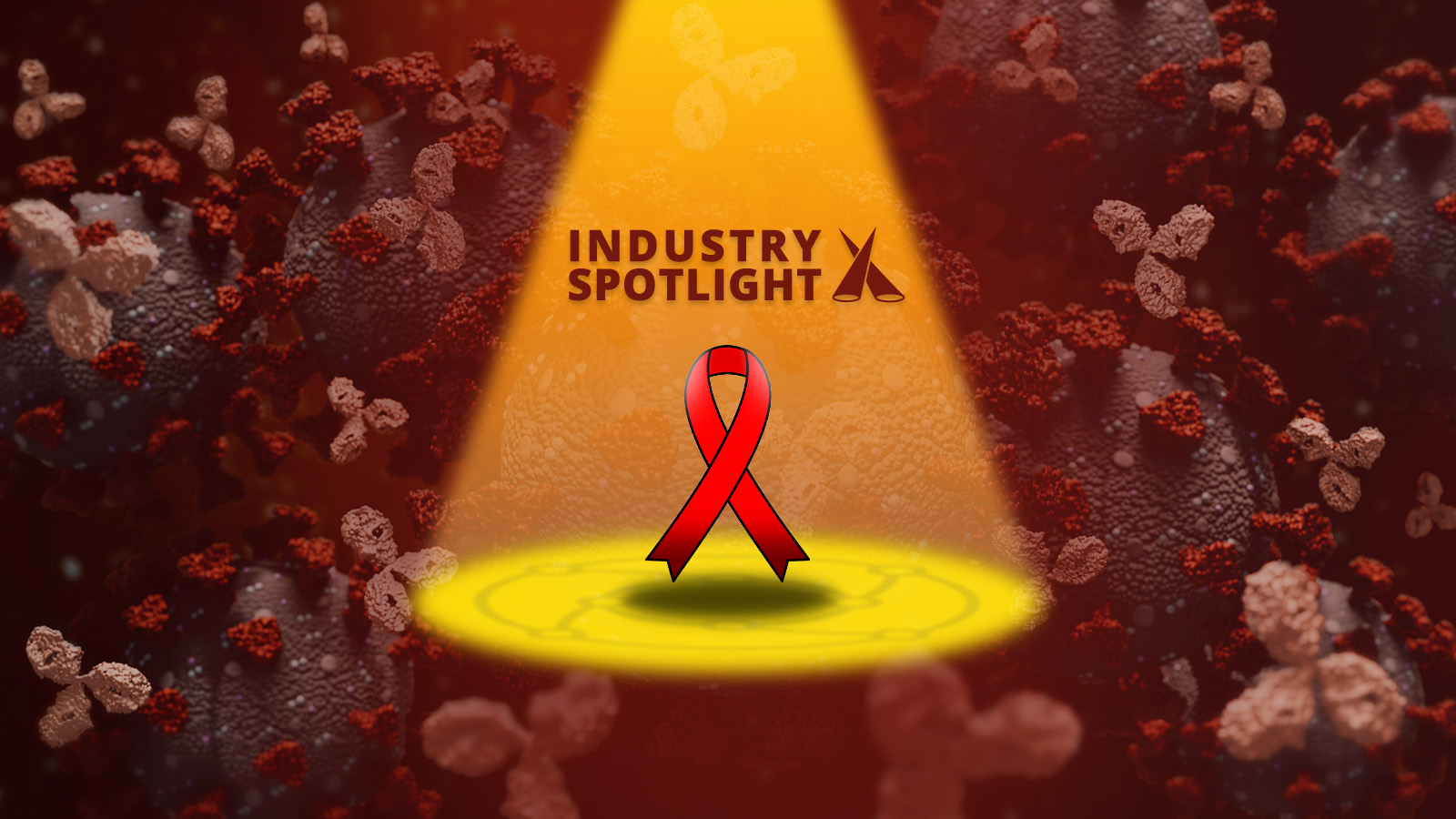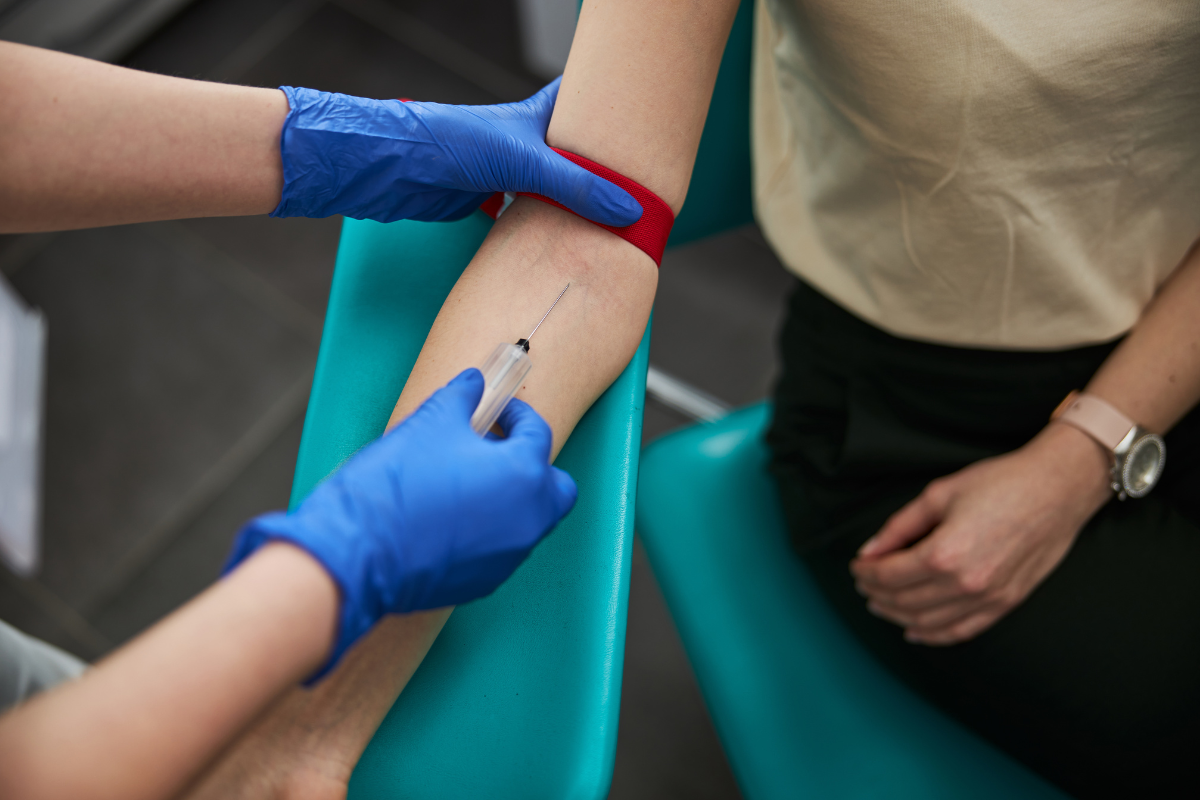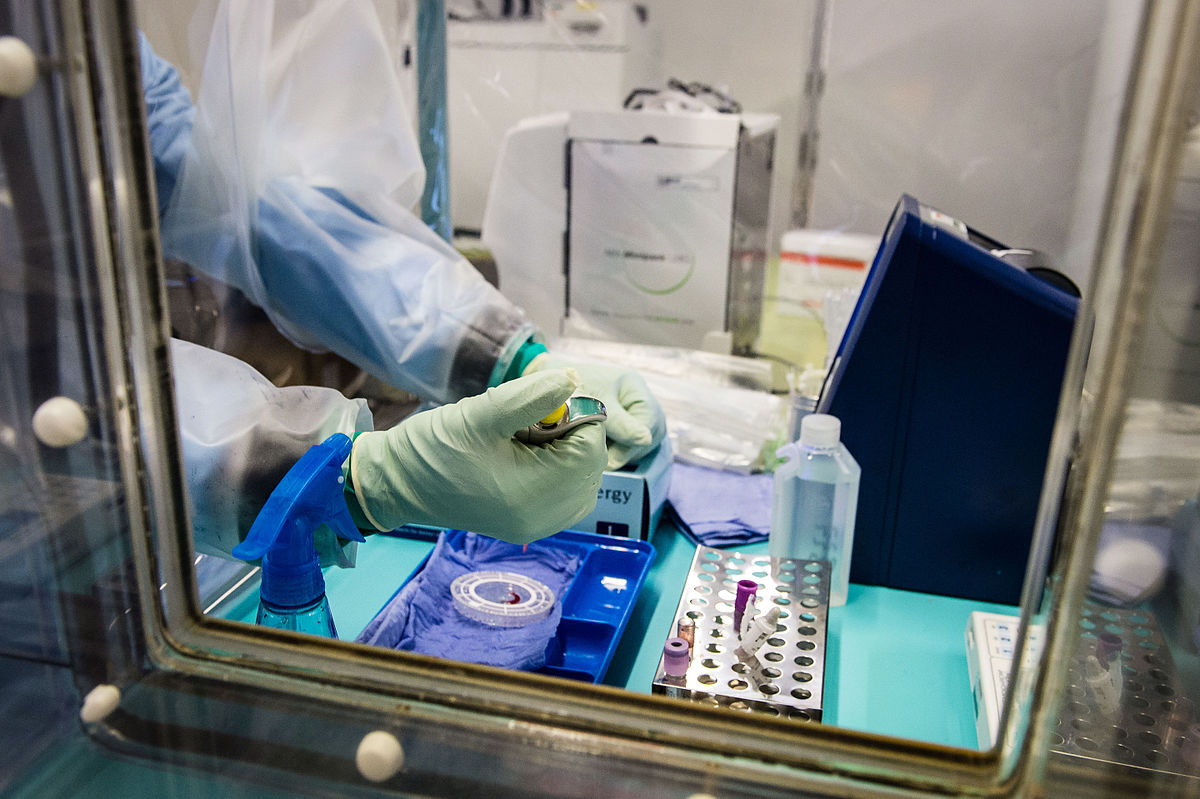Cervical Indicators of HIV Risk Found

A study conducted by Brigham and Women's Hospital, published in the journal, Sexually Transmitted Infections, has identified molecular predictors of the human immunodeficiency virus (HIV).
Researchers investigated the connection between genital herpes and HIV acquisition. Genital herpes, caused by the herpes simplex virus-2 (HSV-2) is a potential risk factor for HIV, with prior research in the field indicating that people infected with HSV-2 are three times more likely to develop HIV.
- Scientists at Stanford Medicine Predict Who Will Develop Vaccine Immunity
- Predicting Preeclampsia Risk with Placental Proteins
- Thirdhand Smoke Triggers Skin Disease
To test this, investigators at Brigham and Women’s Hospital analysed longitudinal samples of cervical mucosa and serum biomarkers for immune activation before and after the development of HSV-2. Protein levels were measured via Box-Cox transformed, and ORs for HSV-2 acquisition were calculated based on top quartile or below/above median levels for all HSV-2 negative visits.
Results showed that altered levels of cervical mucosa and serum correlated to HSV-2 development, whilst other levels coincided with predictive biomarkers of HIV-1. According to Raina Fichorova, co-author and MD of the Department of Obstetrics and Gynaecology, the study successfully illustrated the converging and diverging factors that predispose individuals to develop both viral diseases.
"A persistently suppressed innate immunity during incident HSV-2 infection may add to the increased HIV-1 susceptibility.”
Fichorova said: “HSV-2 infections, which cause genital herpes, have a high global prevalence especially in regions of Sub-Saharan Africa that are at the center of the HIV pandemic, where as much as 80 percent of women are infected with HSV-2. By identifying molecular predictors of HSV-2 risk, we help provide targets for future development of preventive treatments.”
Researchers concluded that “a combination of systemic immunoinflammatory and cervical immunosuppressed states predicts HSV-2 acquisition. A persistently suppressed innate immunity during incident HSV-2 infection may add to the increased HIV-1 susceptibility.”
The results from Brigham and Women’s Hospital’s study, furthers understanding of the complex predictive link between HSV-2 and HIV-1 by providing clinical evidence of shared and converging mechanisms of predisposition to viral infection. Future research areas indicated in the study included the relationship between the systematic and mucosal immunity patterns found and the viral load and shredding of HSV-2.
Yashini Govender et al, Cervical and systemic innate immunity predictors of HIV risk linked to genital herpes acquisition and time from HSV-2 seroconversion, Sexually Transmitted Infections (2022). DOI: 10.1136/sextrans-2022-055458
Want to stay up to date with the latest Biomarker news? Register now for Oxford Global’s flagship event, Biomarkers UK. This is a must-attend forum covering the latest trends transforming biomarker and translational research.
Get your weekly dose of industry news here and keep up to date with the latest ‘Industry Spotlight’ posts. For other Biomarkers content, please visit the Biomarkers Content Portal.







